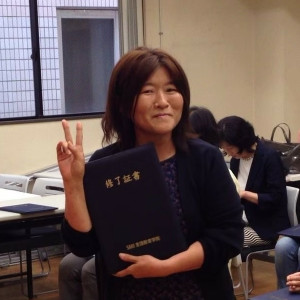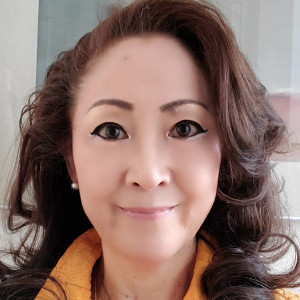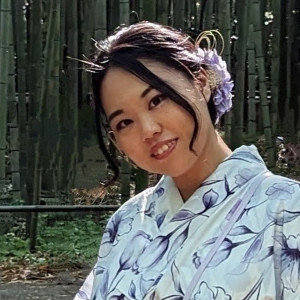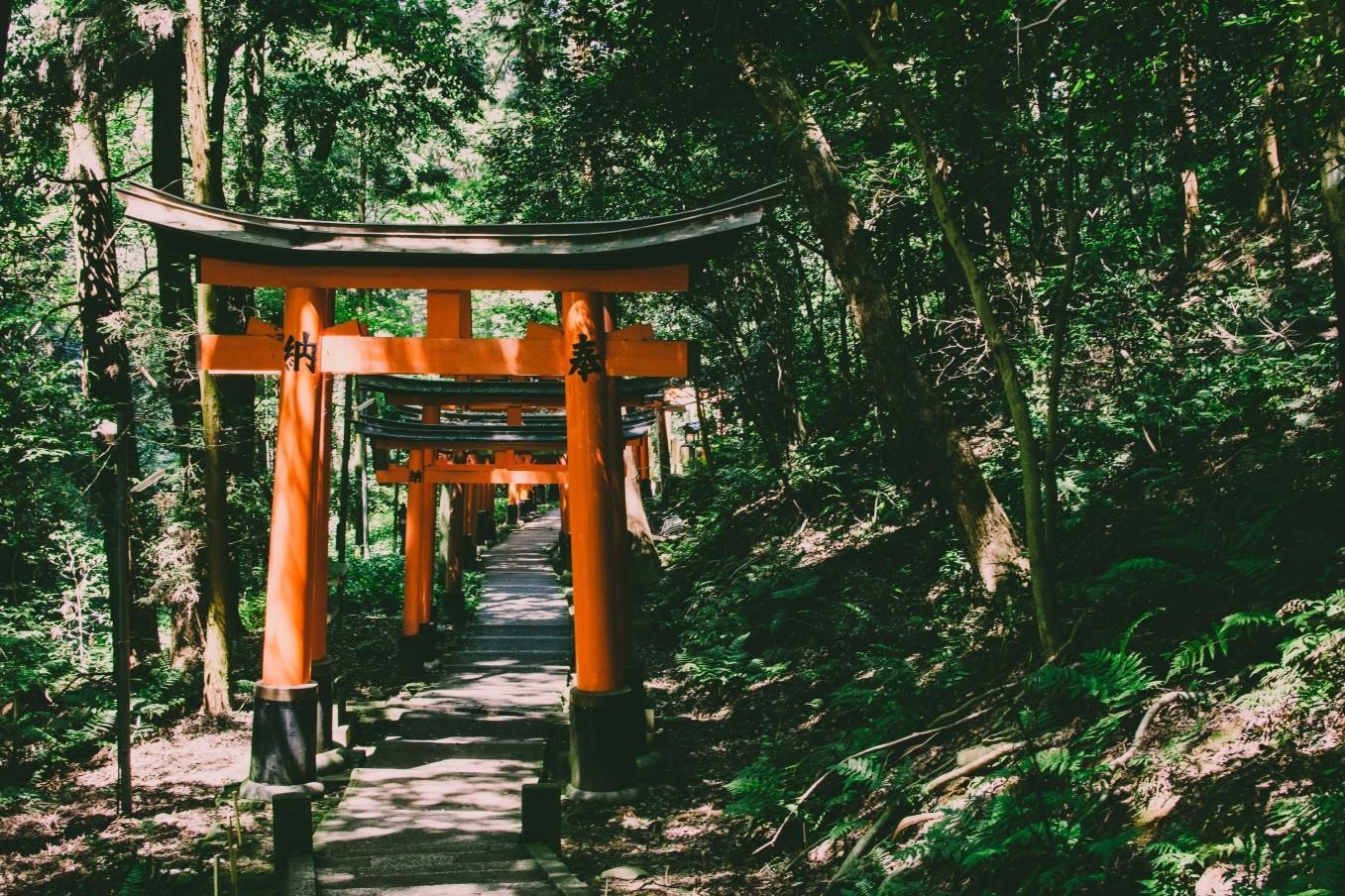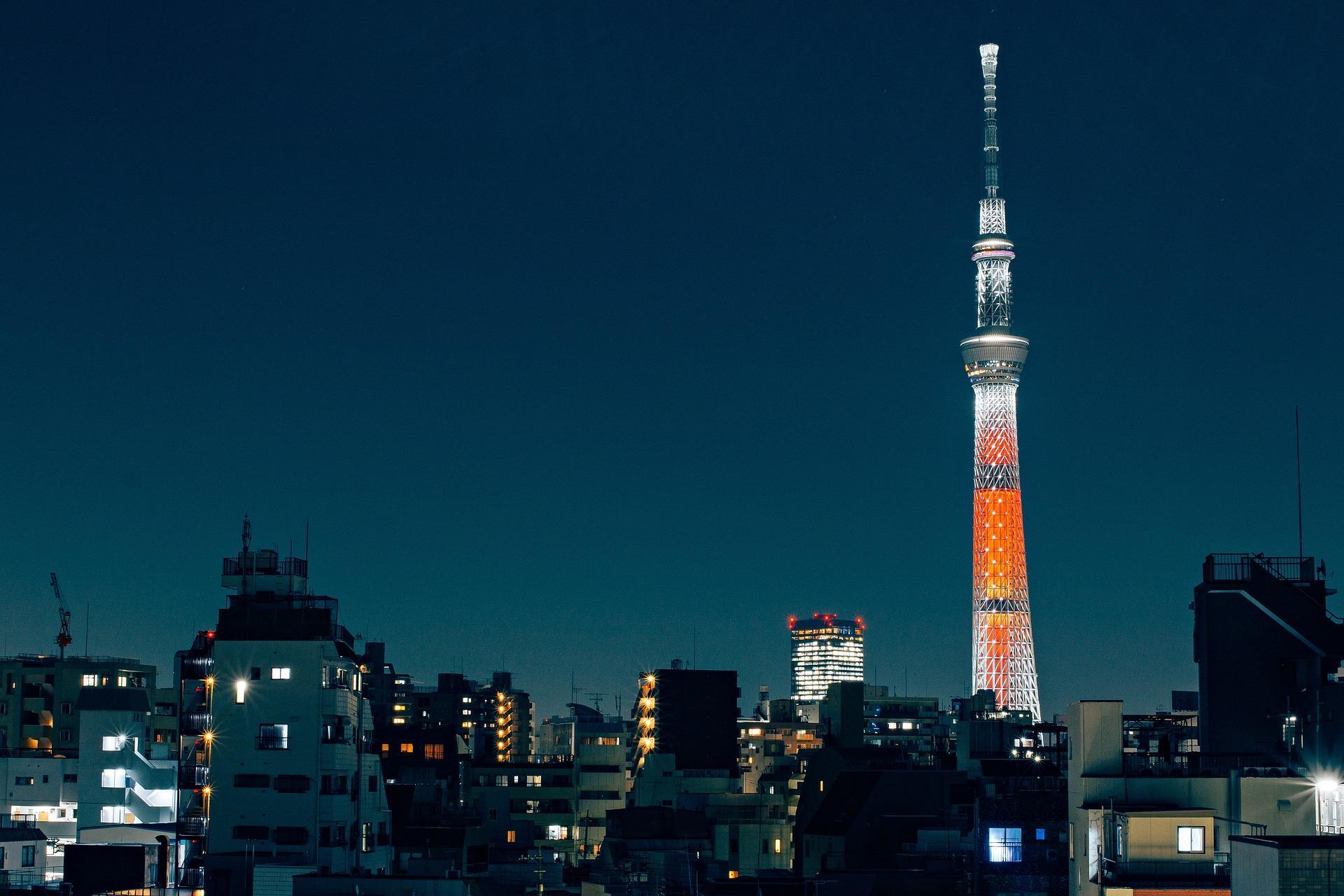Japanese shoguns ruled the country for more than 700 years, if we take the lean measure. They were often ruthless men, self-indulgent, and neglectful of their duties as leaders. However, more than a few are legendary, both for their wisdom, and their efforts to improve Japanese society. This article explores their lives and deeds.

An Overview of Shogunate Japan
As a general statement, we could say that Japanese life under shogun rule was limited, and disciplined. People were restricted to permitted activities of their social class, and few ever climbed the social ladder. Even marrying above one's station was typically not allowed. And woe betide the ones who try to pass themselves off as belonging to a better class.
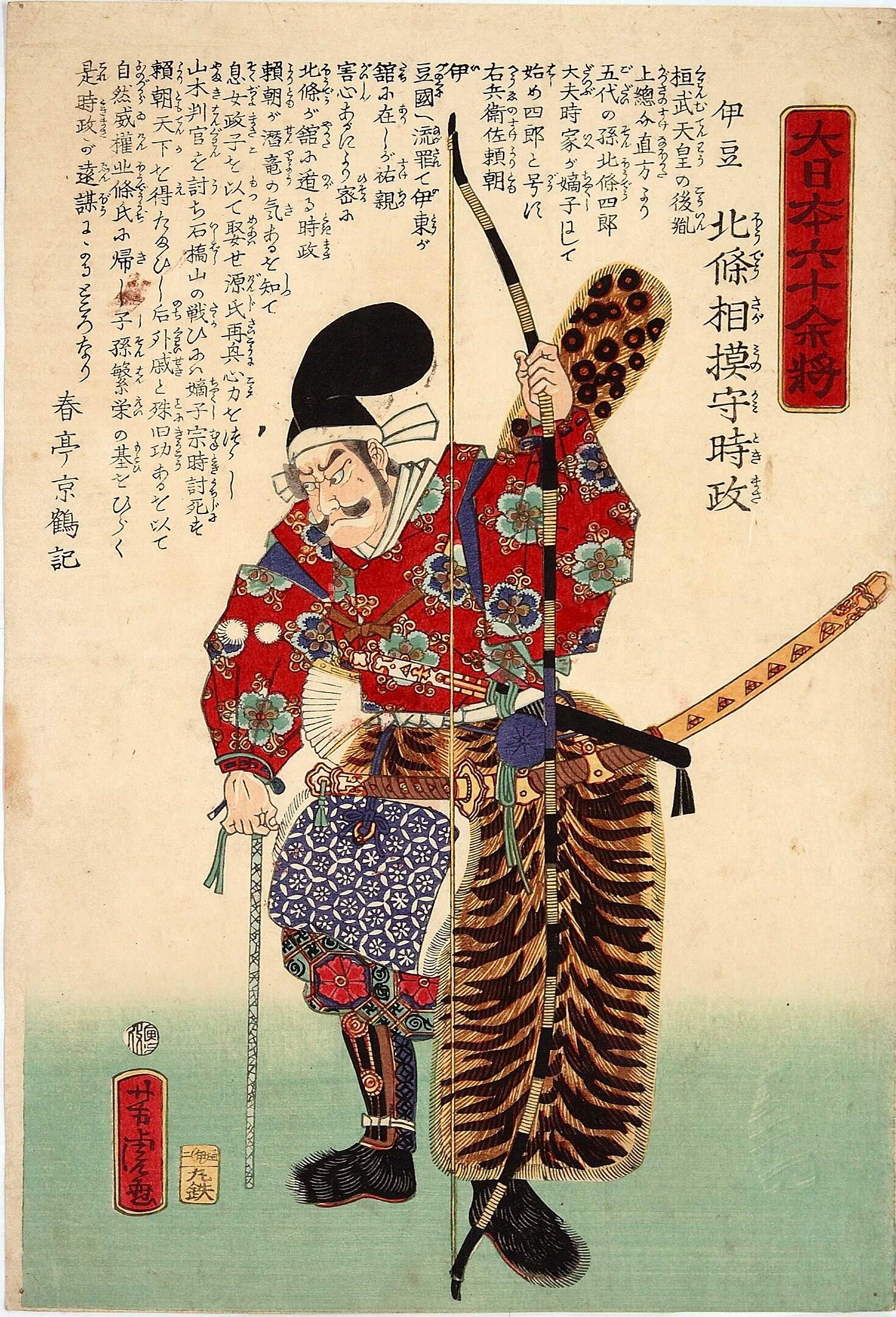
Generalities aside, we can also state that wars, rebellions, and uprisings were common in shogunate Japan, particularly in the early centuries of shogun rule.
Landlords, the diamyo, were constantly trying to expand their holdings. Disputes between rivals - over property, or differing political views, often set legions of samurai on the battlefield, to sort things out.
The samurai pledged their loyalty to their diamyo. This warrior class protected their masters' holdings, and enforced their privilege. Samurai would receive compensation in rice, and perhaps a patch of land to set up housekeeping on.
This stability afforded the warrior class the luxury of family, so sons of samurai could take their fathers' places.
The majority of the population fell into the peasant class. Royalty, nobility, and warriors gave no care about them, as long as they kept to their social rank.
Political Structures During Medieval Japan
Organization, and maintaining rigid social structures, was one reason Japan was able to maintain a relatively harmonious society.
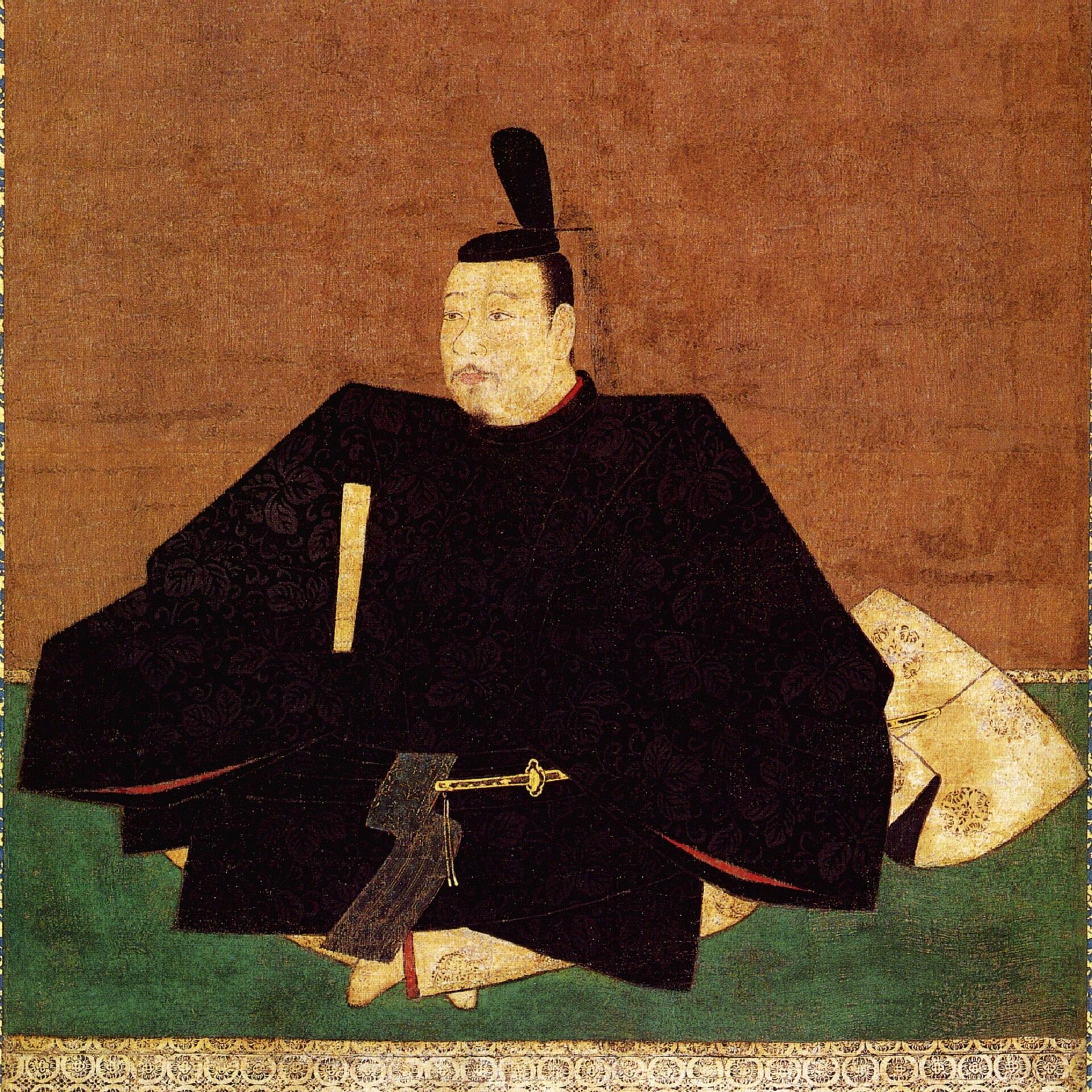
People born into the lower rungs of the social hierarchy only needed to focus on their survival, and not aspire to more than their social class allowed.
That sounds as cruel as it was intended to be, and it's a bit misleading.
In Medieval Japan, peasants revolted, and warriors fought on behalf of landlords who wanted more power and territory. Still, crossing the class divide only happened at the highest rungs of the social order.
In November 2021, Princess Mako of Japan married Kei Komuro, a commoner.
She had to give up her imperial status to do so.
These social structures were rigid and, to an extent, they still exist. Note that Princess Mako had to descend the ranks of the social hierarchy to marry for love. Her chosen partner was not permitted into the country's highest social rank.
In the same vein, a samurai could fight his way into a shogunate position. But, a wealthy landowner could never aspire to royalty, though, it has happened that one might be installed. To get the full picture of shogunate Japan's stratified society, we must study all the roles.
Emperor
The role of emperor is hereditary, except when somebody mightier manages to unseat the reigning emperor. This has happened more than once in Japan's history, most notably when the Ashikaga clan overthrew the emperor.
It then installed an emperor more to their liking, who ceded governing power to the shogunate. Thus began the role of the emperor as a figurehead, and spiritual leader of Japan.

Shogun
This group held all the political and governing power. They made laws, settled disputes, and were responsible for the direction the country took. Shogunate Japan was only as good as its leader, though. Some shoguns were the embodiment of honour and duty, while others were self-indulgent and corrupt.
Ashikaga Yoshinori, the 6th shogun, was dictatorial, rude and unfair.
He was assassinated at 48 years old, after just under 12 years in power.
Daimyo
The diamyo had the country's economic power in their hands. They could - and, often, did advise the shogun on policy. Our featured lord, nicknamed Demon Daimyo, was instrumental in uniting, and bringing peace to the country, and preparing it for modernisation.
Samurai
Throughout the Medieval Japan timeline, samurai culture dictated stoicism, loyalty, and fearlessness.
Confucianism had a heavy influence on Japan's samurai, particularly during the Tokugawa shogunate.
That was the period when Japan made Confucianism its official philosophy.
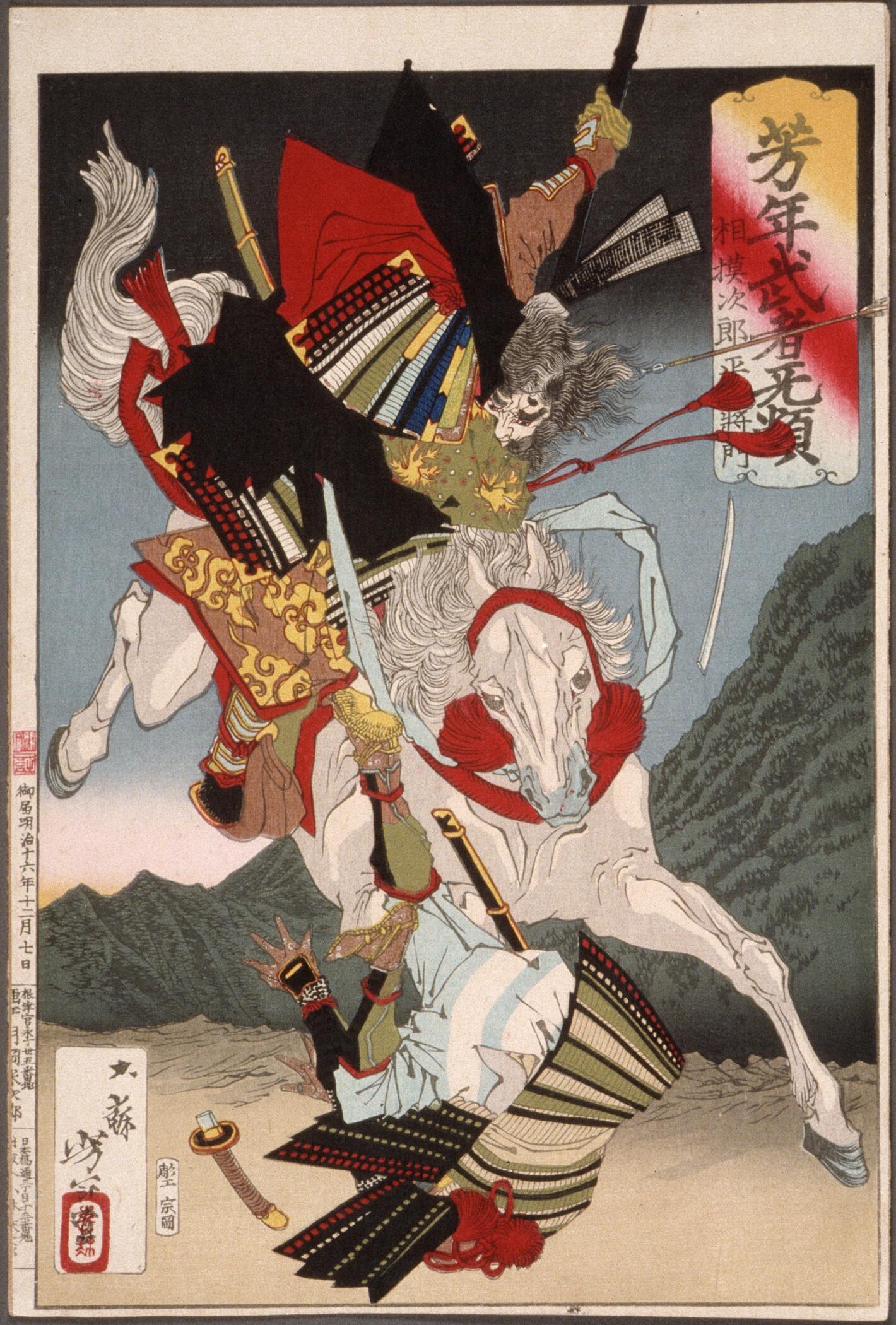
Warriors with no allegiance to a master were called ronin. These fighters might have once had loyalty to a lord, but were cut loose. Their principles were lax; unlike samurai, they did not always keep to the warrior (bushi) code.
Peasant class
This social rank comprised most of the population. It included agricultural workers, of course, but also artisans, tanners, and fishermen. Theirs was a hardscrabble life, burdened as they were with high taxes, and low compensation.
More than any social class, peasants were stuck in their rank.
Especially after 1588, when peasants were forbidden to carry swords.
The peasants were regularly subjected to sword hunts, designed to reduce their ability to rise up against the upper classes. These hunts left them defenseless, and made it impossible for them to master fighting skills. It dashed their hopes of perhaps becoming mercenaries for hire - ronin.
Merchants
Historically, merchants of Europe were solidly middle-class. By contrast, merchants in shogunate Japan were considered the parasites of society.
This culture prized productivity. Peasants produced value for society - food and goods, but merchants only produced value for themselves.
Though traditionally looked down on, merchants began gaining status in Edo Japan. During Japan's period of isolation, the shogunate made trade policies that prioritized sellers' needs, particularly regarding imported goods.
Women in Shogunate Japan

Women of Shogunate Japan were limited to the roles permitted by their social class.
That gave the daughters of samurai and dyamio a lot of latitude, as they received training in self-defence.
For some such women, their skill with weaponry became the stuff of legends.
Today, we know these female samurai through the few accounts written about them.

The Tokugawa Shogunate and Other Major Shoguns
Throughout Medieval Japan, the country saw 26 emperors on the throne. By contrast, only three shogun clans ruled. They were:
The Kamakura shogunate
- ruled from 1192 to 1333
- ruled for 141 years
- rule ended in rebellion
The Ashikaga shogunate
- ruled from 1338 to 1573
- ruled for 235 years
- rule ended in battle
The Tokugawa shogunate
- ruled from 1603 to 1868
- ruled for 265 years
- ended when Japan opened
Of them, the Tokugawa shogunate held power the longest, and it was arguably the most impactful on Japanese life and culture. Setting up camp in Edo (Tokyo, today), these shoguns united the country, maintained strict social discipline, and fostered social harmony. They also advanced traditional Japanese culture.
Bafuku became the designated term for the shogunate, starting in the 1800s.
The term translates to 'government from the curtain'.
Bafuku was not an official title, and it didn't refer to the type of curtain that hangs in a home. Rather, it represented a type of tent called maku, which served as battlefield headquarters. Considering that the shogun was a type of military government, it's a wonder that this term did not apply before then.
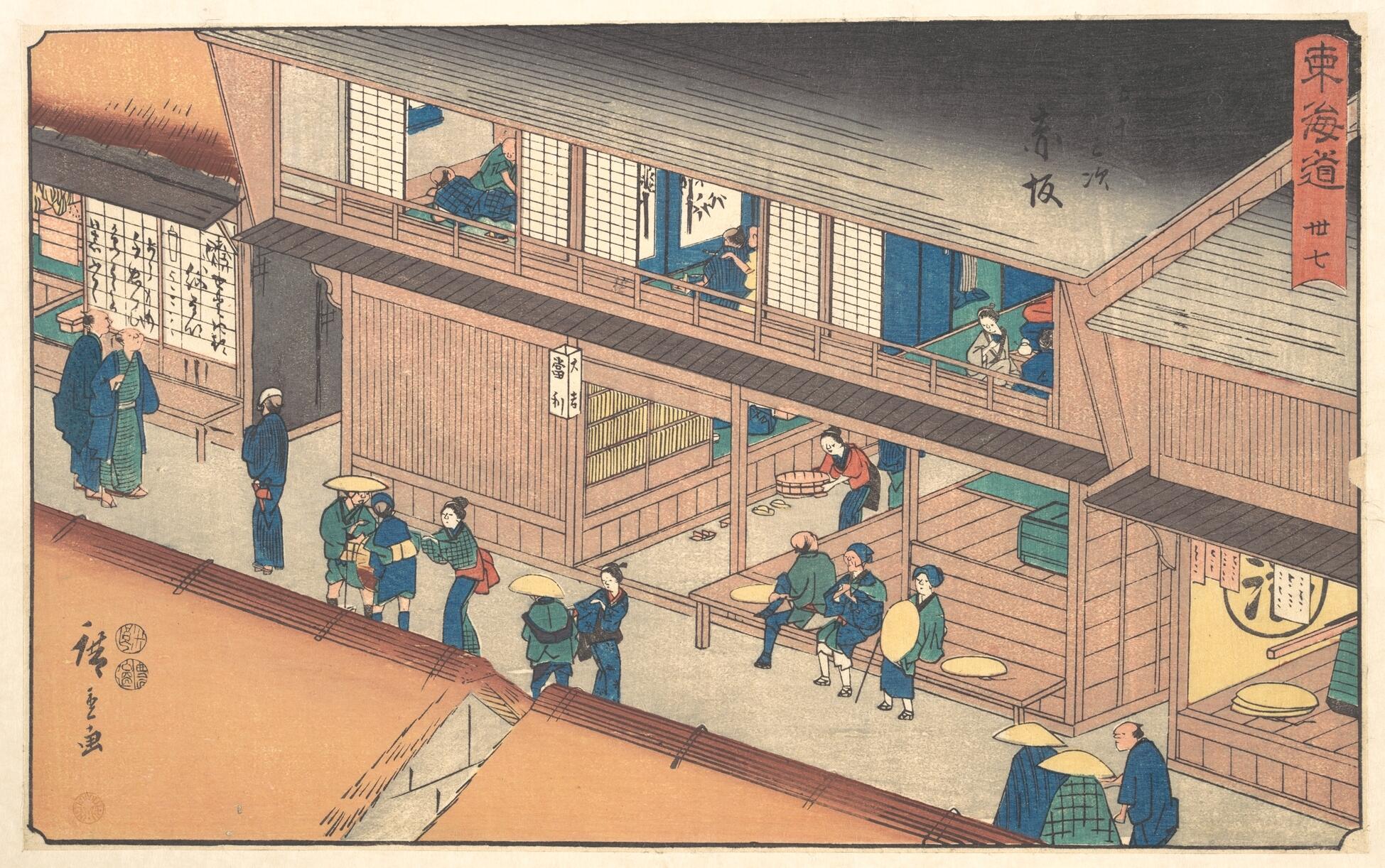
A Timeline of Japanese Shoguns
The timeline of shogunate Japan stretches more than 700 years. Were we to list every shogun that held power, this article would be too long. So, we feature the timeline of the most impactful shoguns, and reveal what made them so.
720
Shogun Tajihi no Agatamori
The first attempt to establish a shogunate (disputed)
784-785
Ōtomo no Yakamochi
The first to be granted the title sei-i taishōgun
1192-1199
Minamoto no Yoritomo
Considered the first real shogun (begins the Kamakura shogunate)
1226-1244
Kujō Yoritsune broke from the Minamoto name
He was only distantly related to the clan
1252–1266
Munetaka Shinnō Emperor's first son
Deposed the sitting shogun, and changed the heredity rule.
1333-1338
Kenmu Restoration: The emperors' sons had been shogun since 1252
The emperor attempted to seize political power from the shoguns.
1338-1358
Military rule resumes
Ashikaga Takauji is the first shogun from the Ashikaga clan.
1368-1394
Ashikaga Yoshimitsu
Resolved the conflict between the Northern and Southern Courts
1429-1441
Ashikaga Yoshinori
Restored trade with China; established trade controls.
1449-1473
Ashikaga Yoshimasa
His succession dilemma began during the Warring States period, and growing interest in Zen Buddhism.
1568-1573
Ashikaga Yoshiaki, the last Ashikaga shogun
A weak leader, driven out of power.
1603-1605
Tokugawa Ieyasu
The first Tokugawa shogun, unified Japan, and ushered in the Edo Period.
1623-1651
Tokugawa Iemitsu
Rejected Christianity, enforced trade restrictions, deepened isolation.
1709-1712
Tokugawa Ienobu
Turned the shogunate into a civilian operation; lifted censorship laws, allowed intellectual pursuits.
1716-1745
Tokugawa Yoshimune
Instituted finance reforms; emphasised traditional Japanese culture.
1787-1837
Tokugawa Ienari
Longest reigning shogun, his corruption was partly responsible for the Great Tenpō Famine.
1866-1867
Tokugawa Yoshinobu, the last shogun
He tried, and failed, to reform the shogunate.
The Tokugawa shogunate did much to unite Japan, and keep the peace. This clan modernized the country, despite the long period of isolation the shogunate imposed. In the end, power returned to the emperor. The last shogun spent his post-government days painting, cycling, and photographing.






